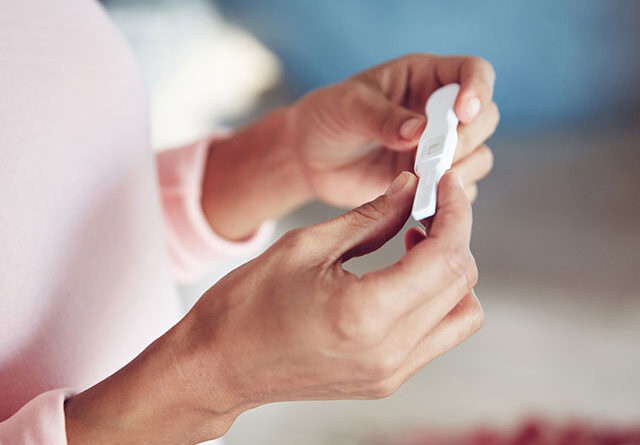When Am I Most Fertile? How to Calculate Ovulation Cycle
You can improve the chances of conceiving by tracking your body changes & menstrual cycle. Ovulation cycle peak and baby’s arrival date can be determined by using this fertility calculator. The egg and sperm are gone two days after fertilization. Having sexual intercourse, during, & after these dates increases your chances of becoming pregnant.
Are you Ready to Become a Parent? What’s the Holdup?
Your best chance of conceiving is to improve the chances that your egg and sperm meet. If you are ovulating, you are only capable of getting pregnant for a short period of time. The best time to conceive the baby becomes daunting to track. For ease, you can make use of an ovulation calculator that uses the duration of the last menstrual cycle to work out the most fertility or ovulation days.
To get pregnant, what’s the Best Time? Determine the Best Time with a fertility calendar!!
You need to get your sperm and eggs together as many times as possible in order to maximize your chances of getting pregnant. You can get pregnant for a few days after the release of the egg from the ovary, in each menstrual cycle.
How Does Menstrual Cycle Work?
· Menstruation starts on the first day of a woman’s menstrual cycle and lasts through her next period.
· Ovarian eggs begin to form at this period as well.
· Preparation for conception by uterine lining thickening.
· Cervical mucus thins and clears during ovulation, making it easier for sperm to locate and fertilize the newly released egg.
· About 10 to 16 days before your next menstruation, an egg is released from one of your ovaries (ovulation) and this is the time the fertility calculator helps you.
· If sperm are present at the time of ovulation or during the next 24 hours, the egg can be fertilized.
· If the egg has not been fertilized, the egg is reabsorbed by the body, and the hormone levels drop.
How to Spot the Ovulation Time:
To increase your chances of conceiving, you must first determine the length of your cycle. This is because ovulation usually occurs around two weeks before your next period begins. You need to track the starting days of your period to the starting of the next period for getting an idea of how long your cycle is. You can find the exact window with a digital fertility calendar or ovulation calculator.
Cervical Mucus Changes:
Menstrual mucus is produced by the cervix and starts out thick and sticky white before gradually becoming thinner and clearer. As ovulation approaches near the cervical discharge becomes slippery, and your vagina also stretches a bit. Usually, women compare it with egg white. This thinner mucus will allow the sperm to easily swim through. You can have sex at this time, it will enhance the chances of conception. You need to check the state of fertility with the ease fertility calculator. A woman’s wettest days are referred to as “peak days,” and they usually occur around the time of her menstrual cycle.
Temperature:
You take your body temperature first thing in the morning, you can keep tabs on your menstrual cycle. Approximately 0.2 degrees Celsius is added to your body’s temperature when ovulation takes place. You cannot check your temperature every day so the best way is to check your fertility period. You can use an ovulation tracker to find out the exact window and check your temp on those days.
Do The Ovulation tests at Home:
Ovulation Calendar and Ovulation predictor kits are available for buy online from chemists. It works to detect the increase of hormones in your urine when you’re ovulating. In the most basic ovulation test kits, LH surges 24-36 hours before ovulation. Pregnancy happens at intervals and before or after one day of fertility. If your cycle is unpredictable, a fertility calculator may be beneficial; nevertheless, you should expect to use more test strips with this kit.



